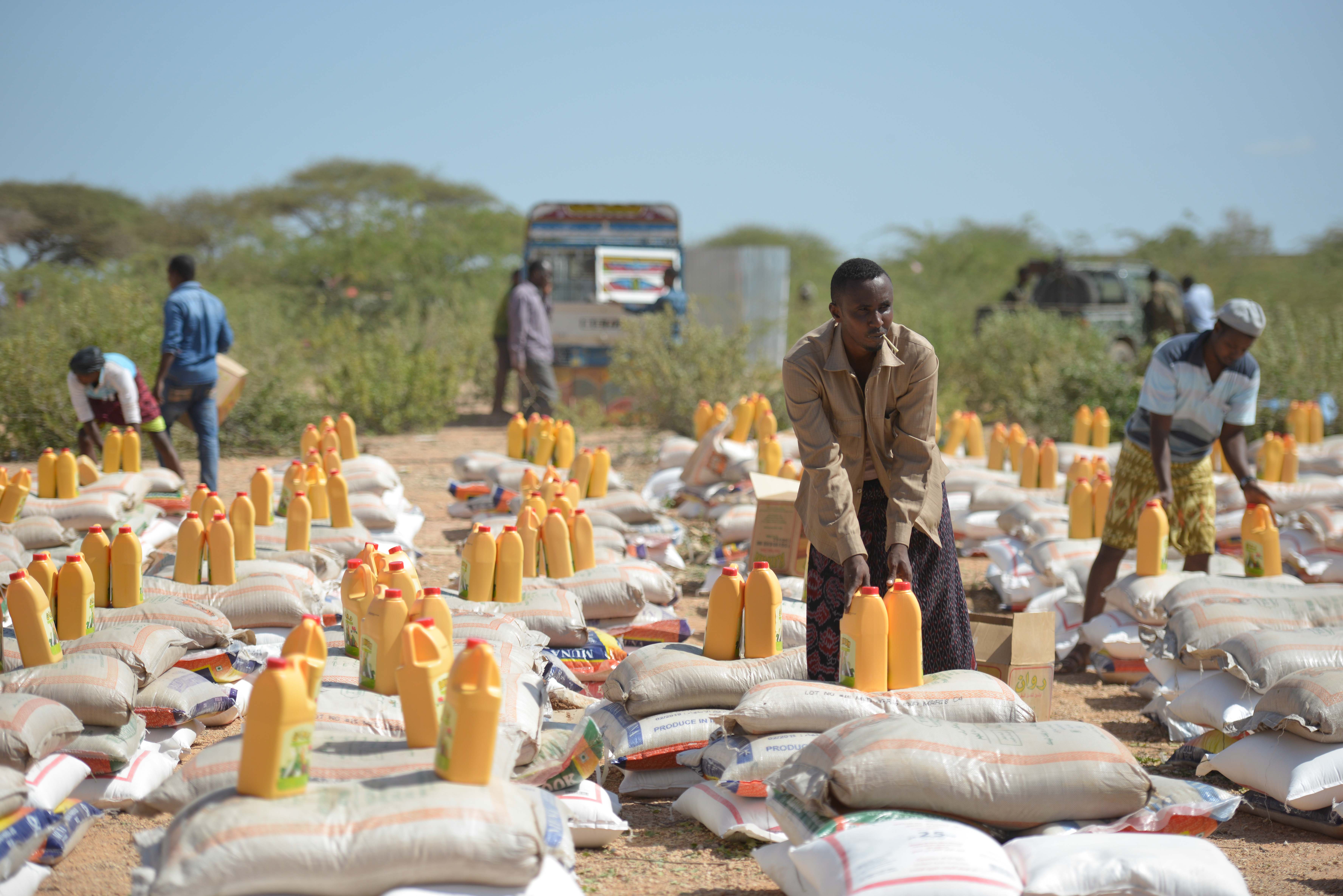According to estimates from the Cameroon Agriculture Ministry, the country produced 140,170 tons of rice in 2020. It experienced a local need of 576,940 tons, which gave way to a shortfall of 436,779 tons. This is not surprising as Cameroon is an import-dependent country. This is despite the fact that Cameroon has ample unused-arable land to meet its rice demand without relying on imports.
Cameroon is not alone in this regard. Many African countries like Ghana, Senegal, and the Ivory Coast, rely significantly on imported rice to meet domestic demand.
This is why in an effort to promote “made in Cameroon” and to reduce the huge balance of payments, the 2020 finance bill was seen as a critical step toward not just increasing local rice production but also achieving food security and food sovereignty. In the bill, the Ministry of Finance drew up an import substitution program to boost local businesses in the immediate future and strengthen the economy in the longer term.
Though, as a result of falling public revenues and the massive outflow of foreign currency, the import-substitution policy will also see the reduction or gradual elimination of customs exemptions on certain products— ostensibly to promote and revive local-large-scale production of products like corn, rice, fish, milk, and wheat, which can be produced in Cameroon on a larger scale.
But the pregnant question yearning for an answer is, will the new policy of import substitution that will primarily ban or impose high tariffs on rice imports encourage domestic production?
However, the protectionist approach to promote the local rice industry by limiting the import of rice in bulk would be laden with many challenges.
[perfectpullquote align=”right” bordertop=”false” cite=”” link=”” color=”” class=”” size=””]Despite the predictable structural problems limiting domestic rice production, several long-term and short-term solutions have been offered.[/perfectpullquote]
Chief among them is Cameroon’s lack of institutional support and funding for the sector. In fact, past attempts to develop a local-competitive rice industry rarely yielded convincing results. The reason is, Cameroon lacked outreach and extension programs to furnish farmers with new data and information on soil preparation, pest control, construction of proper irrigation schemes, and procurement of new seed assortments and fertilizers.
Cameroon must first get rid of the aforementioned issues because rice is particularly a complicated crop for poor and illiterate farmers since it is sensitive to bad agronomic techniques; compared to more resilient crops like yams and cassava, it has an exceptionally high incidence of producing poor yields.
As such, the vulnerability of the rice value chain and the goal towards self-sufficiency will in the near term remain very precarious, in the face of cheap rice from competitive and established rice-exporting countries— this was recently evidenced when the government decided to allow the duty-free import of 25,000 tonnes of rice from India and China to supplement the country’s grain reserves in the event of a shortfall.
Most reforms have not been helping matters, and they are not enough. Despite the predictable structural problems limiting domestic rice production, several long-term and short-term solutions have been offered. This includes land reform, mechanization of the rice production chain, irrigation systems, and offering bespoke credit facilities to empower small-scale farmers.
Clearly, there is demand for rice, and the political buy-in to make Cameroon self-sufficient and food security has been demonstrated by the political class, but the solutions are not enough and for them to work, small-scale farmers must be at the center of these reforms by not only shielding them from volatile international commodity markets but also availing government-backed loans through agricultural cooperatives.
Charles is an African Liberty contributor and the regional analyst for the Sahel and West Africa region at WS Insight.
Photo by AMISOM via Iwaria.

